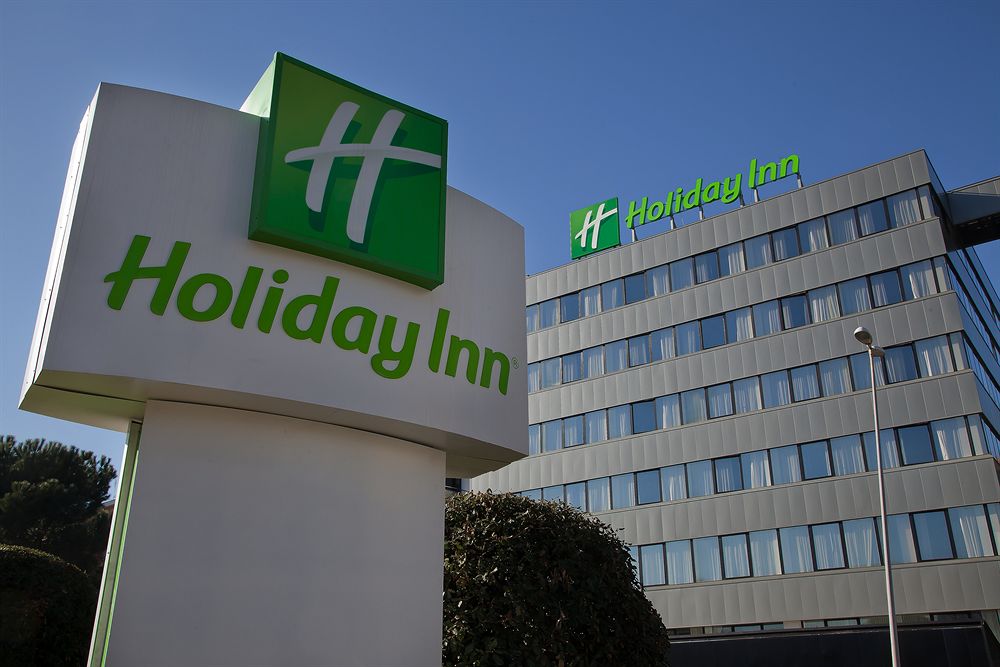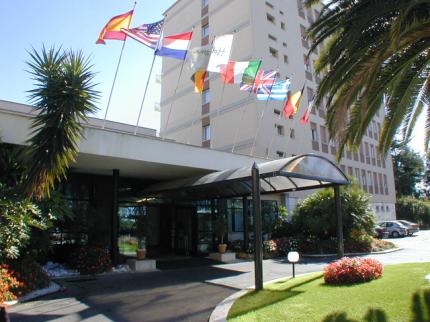Venue & Hospitality
Conference Venue
Conference Dates: October 16-18, 2017
Hotel Services & Amenities
- Audio/Visual Equipment Rental.
- Business Center.
- Business Phone Service.
- Complimentary Printing Service.
- Express Mail.
- Fax.
- Meeting Rooms.
- Office Rental.
- Photo Copying Service.
- Secretarial Service.
- Telex.
- Typewriter.
- Video Conference.
- Video Messaging.
- Video Phone.
- ATM.
- Baggage Storage.



Transportation
Driving Directions to
Distance: 13.05 MI/21.0 KM NORTH to Hotel.
From airport drive to the junction to Roma, continue on Highway A 91, take exit to Florence/Aurelia and continue to the ring road A90. From the Ring Road driving in the direction of Fiumicino, take Exit 1 Roma Centro / Aurelia / Vatican City. Drive about 1 km on the via Aurelia, the hotel is visible to your left side, take the overbridge and make a U-turn, then you will see the hotel on your right driving side, take via Bogliasco Amoung the Panorama supermarket and AGIP gas station.
Route Map
About City
Rome has a status of the global city. It is known as the "Eternal city" and also "Caput Mundi," coming from Latin and meaning capital of the world. The population of the city of Rome is around 2.7 million. The entire metropolitan area of Rome has an estimated 3.7 million people. According to the United Nations World Tourism Organisation (UNWTO), Europe was the most frequently visited region in the world in 2015, accounting for over half (51.4 %) of all international tourist arrivals, equivalent to some 609 million persons. The wealth of European cultures, the variety of its landscapes and the quality of its tourist infrastructure are likely to be an attraction. The center of Rome is compact, and wandering the ruins on foot is a great way to see the city. Street life is vibrant and constant. The architectural design is consuming, and close proximity of ancient sights make for a comfortable and convenient walk. Rome is easily divided into two regions: the inner city, within the Aurealian Wall, built in the late third century to enclose the area around the Seven Hills; and the sprawling outer city, with its suburbs. The historical center is a small area, located almost entirely on the eastern bank of the Tiber River. Monuments of Rome's past eminence are located mostly within the historical center and are a stark contrast to the modern districts.
The street pattern of the city reflects its long and complex history. The Via del Corso traverses most of the historic center from Piazza Venezia, the geographic center of Rome, to the Piazza del Popolo at the foot of Pincio Hills. Its use dates from the Middle Ages when it was a horse-racing course.

